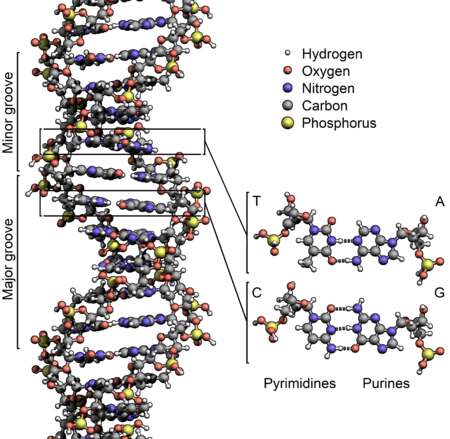Efficient information storage and retrieval

In this section we propose a mechanism for the efficient storage and retrieval of information based on the storage and readout of genetic information in living organisms.
One of the key aspects with regard to education is the efficient storage and retrieval of information. A prime example of this in nature can be found in the encoding of genetic information in DNA, which is meticulously folded into compact structures and only unfolded and read out when specific genes need to be read out.
In its passive state the DNA strand are wrapped around so-called histone molecules and then folded into complex chromatin macrostructures. In this way the DNA strands, which are extremely long, are efficiently and compactly stored away when not needed. Only when a specific gene needs to be transcribed, helper molecules unfold the DNA strand at the location where the gene can be found, and transcription ensues.
We believe that this concept can be successfully applied to the organization and storage of books, magazines and other supporting materials in a faculty building. We propose that the majority of books be stored away in a compact and space-saving way below ground, such that they take up a minimal of functional space that can be used for other activities. Books could then be automatically retrieved by a robot system upon request.
As such the library space can be reduced to a smaller space that is more focussed on offering a environment for reading and collaboration. For example, it could offer a well-designed study and reading environment and potentially designated spaces to work in groups.


 Koelman
Koelman